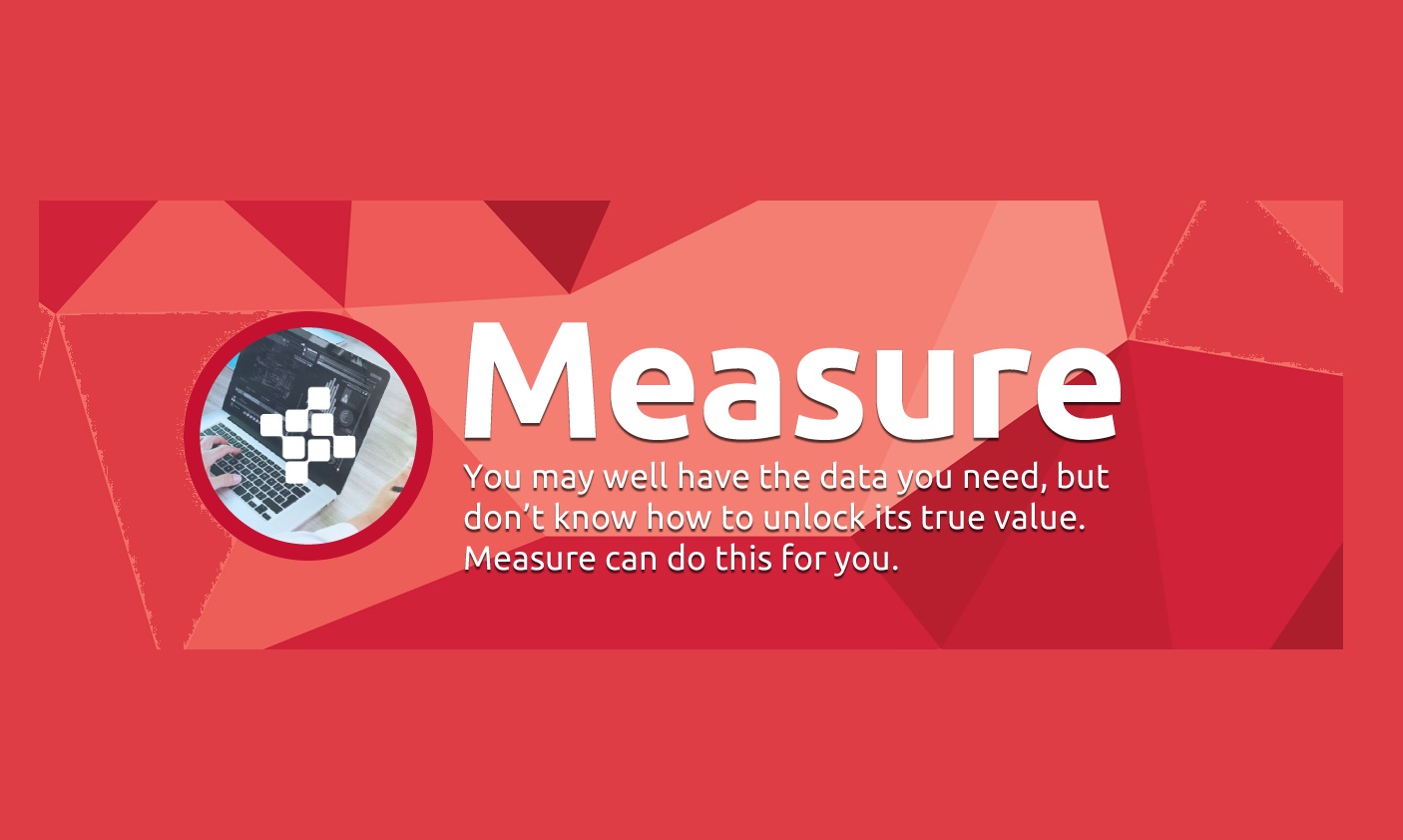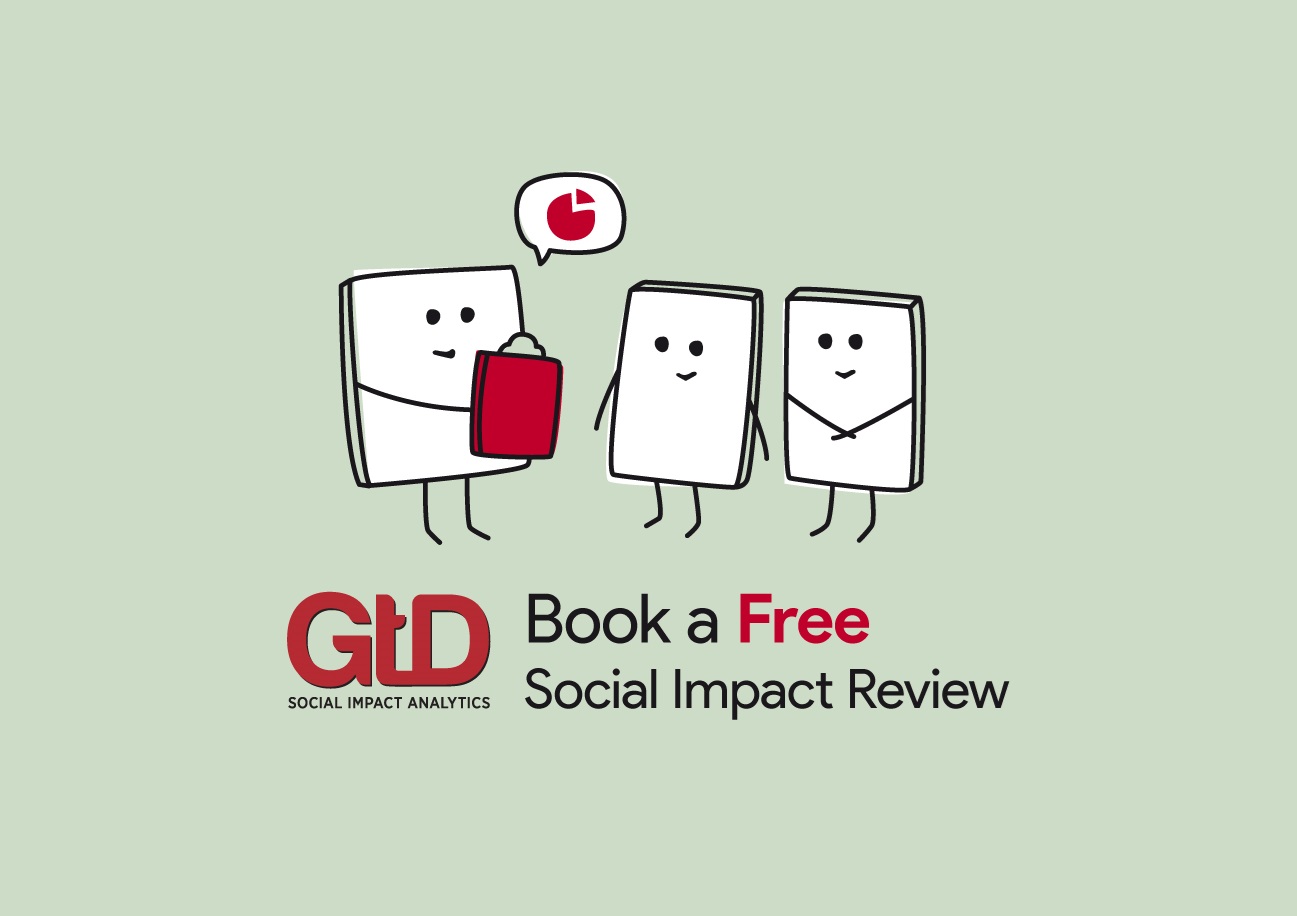Use Data to Tell an Effective Story
Over the past eight years, GtD has been providing social impact analytics to tell our clients’ stories. Effective stories of what their interventions do, who they work with, and the difference they are making to the people they serve: the homeless, young people, public defenders, refugees and immigrants. But, while we are primarily using numbers rather than words to monitor and evaluate our clients’ work, we need to take care that we are following the golden rule of story-telling.
Golden Rule of Story Telling
The golden rule is that a story should have a beginning, a middle and an end. I’ve just finished Sir Ernest Shackleton’s “South”, the Edwardian explorer’s account of his trans-Antarctic exhibition. The story opens in the months just before the First World War, with the preparations for the expedition, all the charting and planning and the resources being loaded on to his ship “Endurance”. The middle of the story is about the embarkation from Plymouth and the ship sailing into the South Atlantic, and then Shackleton leading his crew across the mountains and glaciers of Antarctica with the constant charting and re-charting of their route to safety. The tale ends with the crew’s rescue and return home. While Shackleton did not achieve his stated objective, “South” provides a compelling account of how a leader at times must respond to adversity by altering course and deploying available resources to the best effect.
Many organizations that work to make a social impact use words to tell the value of their work. This is, often done in the form of case studies that tell their clients’ stories. I recently came across such a case study in the annual report of a London-based homeless charity. It tells a compelling story about the effectiveness of their work with a client referred to as “David”. David came to London looking for a job, but soon became homeless and was found by the charity’s outreach worker sleeping rough. Having set out the “beginning” of David’s story, the case study then provided an account of the outreach worker’s role in helping David find hostel accommodation and registering him with a doctor and the benefits agency. The story ended well for David, as he found employment, a home and was returned to good health. A simple but effective story that informed the reader about the charity and how it benefits its clients.
The Descriptive Power of Numbers
Like an epic adventure or a compelling case study, we can use numbers rather than words to tell an effective story. However, before we do so, we need to get our story straight and give some thought to which data should provide the “beginning”, the “middle” and the “end”. If we get this right, then the story can follow the golden rule. So, in telling David’s story with data, we should start at the beginning and identify all those things that contributed to the delivery of the outreach service. We call these “inputs”, and they might include the number of outreach workers employed, their shifts, and the training they received.
Next, we will want to find the numbers that describe the services that David received. These are known as “outputs” and will include the number of contacts with the worker, the time taken to make referrals to the general practitioner and the benefits agency, and the contacts with the local hostel. Finally, we need to find the numbers that will describe the “outcomes” that were achieved for David, which will include changes to his employment, accommodation and health. Of course, we will be collecting these input, output and outcome data for David and every other client seen by all the outreach workers. This will become an aggregated database of information that will tell a much broader and compelling story of who the charity helps, how it helps them and what outcomes their clients achieve.
Telling your story with GtD
Telling an effective story is essentially what GtD’s “Measure” package is all about. It will help your organization monitor its activities and evaluate its outcomes. Contact us today if you want to learn more about how “Measure” will help your organization realize the potential of its data. “Measure” will assist you in deciding what to measure and what data to collect. It will provide you with analyses to solve problems and achieve better outcomes. “Measure” doesn’t just give you data, it gives you data to tell an effective story.
If you’d like to learn more about social impact analytics and how it can benefit your organisation, come along to our free event in Manchester on 28th April. Visit our events page to learn more and book your place.















